

Engage prospects with a scan and streamline customer engagement with FREE QR code marketing tools by Sona – no strings attached!
Create a Free QR CodeFree consultation

No commitment

Engage prospects with a scan and streamline customer engagement with FREE QR code marketing tools by Sona – no strings attached!
Create a Free QR CodeFree consultation

No commitment
In today’s digitally driven world, QR codes have evolved from a novelty to a strategic powerhouse in bridging offline engagement with online action. For plumbing and heating contractors, QR codes offer a frictionless way to equip field technicians and office staff with instant access to service documentation, warranty registration, parts ordering, and customer feedback without the hurdles of app downloads or complicated tech setups. The result is fewer delays, better accuracy, and faster resolutions at the job site.
Many plumbing and heating firms grapple with costly errors and delayed workflows caused by reliance on paper-based processes or inaccessible job documentation. QR technology provides a modern antidote, bringing vital information directly to field staff and capturing customer engagement data in real time. When you connect that data to CRM and dispatch systems, the impact extends from the van to the back office.
By streamlining communication and creating new touchpoints for information sharing, QR codes reduce the visibility gaps that allow high-value opportunities to slip through the cracks. Unifying technician and customer interactions through QR-based systems supports new levels of operational efficiency, sharper data tracking, and improved personalization in HVAC marketing and mobile outreach. With platforms like Sona QR, contractors can manage codes centrally, update destinations on the fly, and connect scans to audiences for retargeting and follow-up across channels.
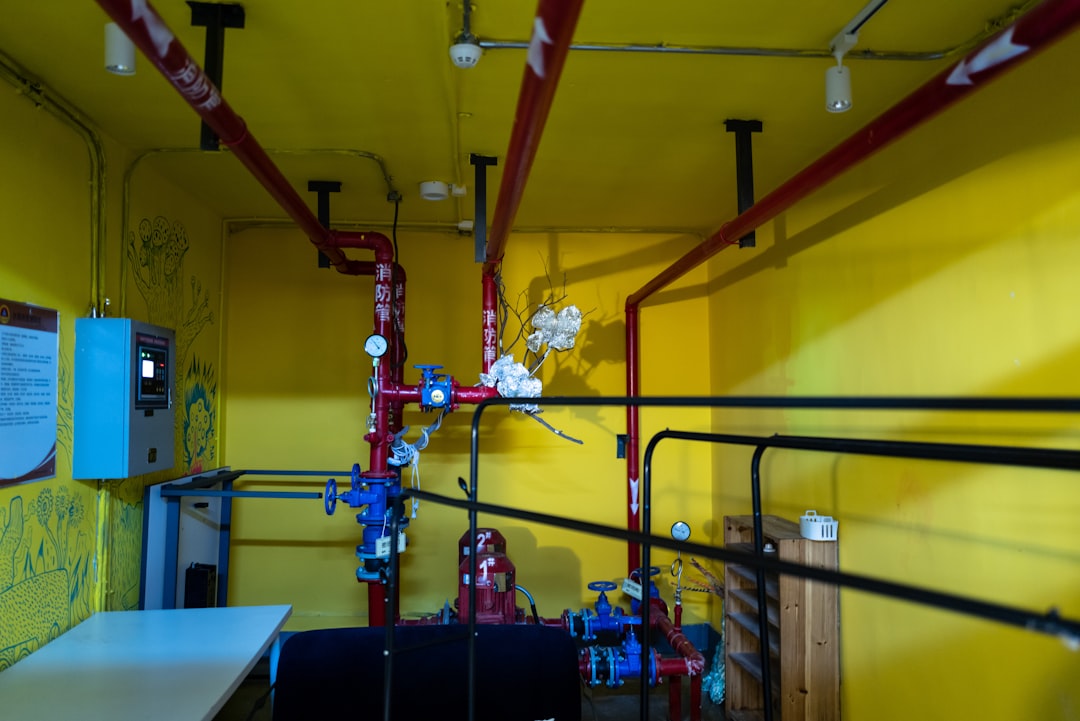
Reliable field performance often hinges on technicians being able to access critical resources at the job site. Contractors regularly face setbacks when paper forms are incomplete, manuals go missing, or job-specific instructions are not at hand, all of which lead to inefficiencies and a higher risk of oversight. QR codes replace those gaps with a reliable, on-demand digital layer that travels with every job.
Start by mapping the analog friction that slows your team: printed manuals that go out of date, service checklists that get smudged or lost, warranty forms that never make it back to the office, and missed callbacks due to handwritten notes. Convert each into a QR-enabled workflow that is fast to scan and effortless to act on. With Sona QR, you can build dynamic destinations that keep information up to date without reprinting and use scan data to drive training and inventory decisions.
As many contractors struggle with incomplete account data and lack of visibility into team activities, QR-enabled analytics make it possible to identify missed training needs, surface field engagement signals, and equip frontline teams with exactly what they need to succeed. Used correctly, QR codes are not just links: they are a feedback loop that makes your field force smarter every week.
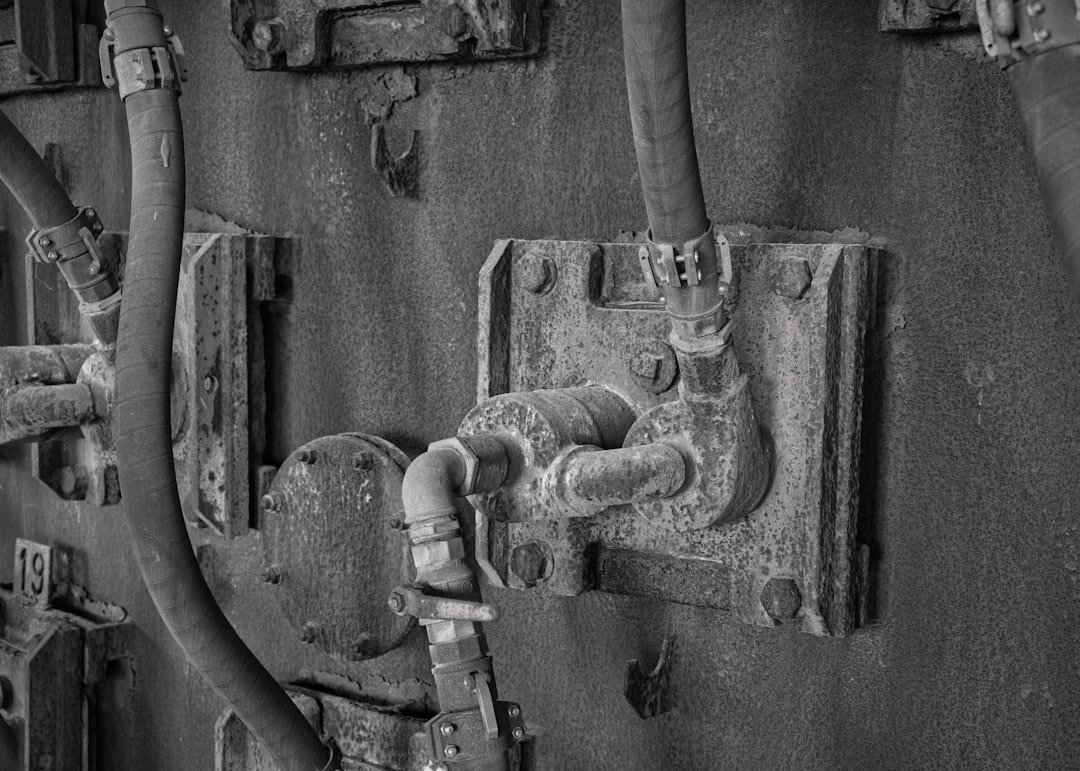
Labor shortages, patchwork scheduling, and the complexity of modern equipment mean that even small breakdowns in information flow can have outsized impacts. Anonymous customer inquiries go untracked, urgent site details get lost between shifts, and maintenance follow-ups fall through. These are not isolated incidents; they are systemic issues that erode utilization, billable hours, and customer satisfaction.
QR codes resolve those gaps by turning every physical asset into an actionable digital touchpoint. They are easy for technicians and customers to use, do not require app installs, and give management reliable visibility into who accessed what, where, and when. When deployed with a platform like Sona QR, they also introduce dynamic content control and reporting that ordinary print materials cannot match.
A well-designed QR process increases visibility into both known and anonymous engagement, helping contractors bring unknown opportunities into focus. That means fewer missed upsells, stronger maintenance plan adoption, and better allocation of crews to the highest-impact jobs.
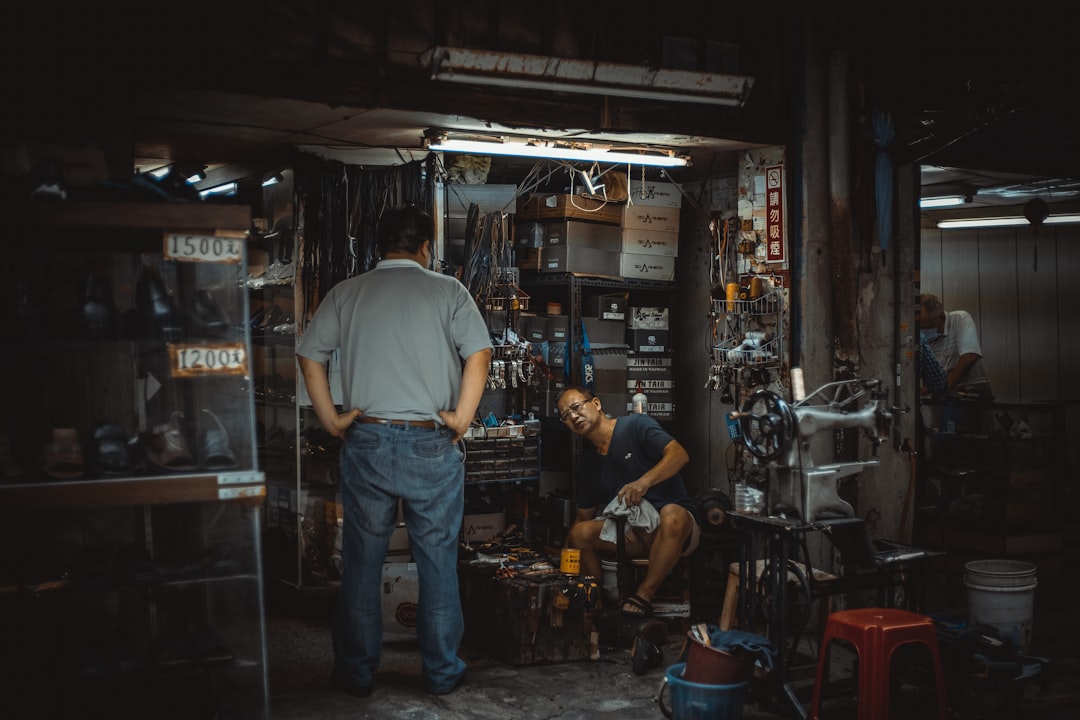
Every contractor has felt the pain of outdated contact files, scattered job notes, or incomplete communication from the field. QR codes offer several formats that fit the realities of plumbing and HVAC work, from busy crawl spaces to bustling showrooms.
Selecting the right format is less about technology and more about the action you want to trigger. For resources that evolve with standards and manufacturer updates, choose dynamic QR codes. For permanent, unchanging references, use static QR codes. With Sona QR, you can manage both types from one dashboard and switch a destination to dynamic later if your needs change.
Dynamic QR platforms add version control, audit trails, and scan analytics. For business owners, that visibility proves which materials are used and by whom, and it surfaces opportunities to improve training or documentation where scan patterns show bottlenecks.
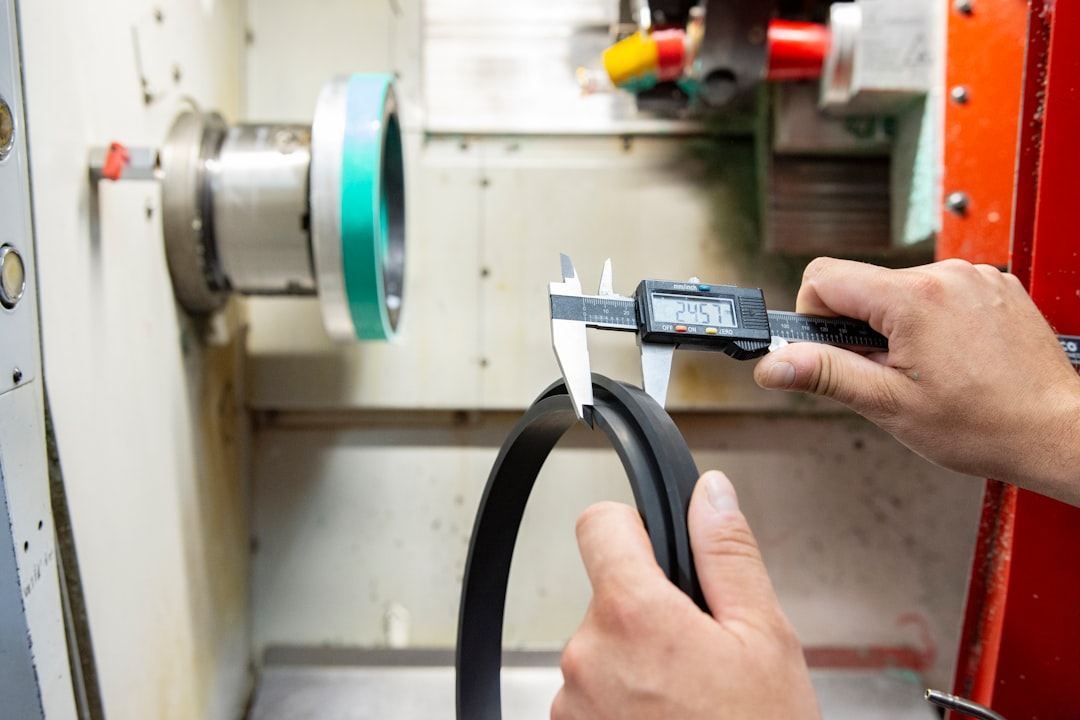
Business owners often miss critical conversion points because paper touchpoints and in-person interactions are not trackable. QR codes make your most common surfaces measurable and help you transform traffic into opportunities that flow into your CRM.
Begin by auditing your high-visibility assets. Vans, invoices, service stickers, installation manuals, and estimate folders are the everyday materials that already touch customers. A clear call to action near a QR code can redirect attention to booking, reviews, or helpful guides that also capture contact info for follow-up.
This strategic placement turns high-traffic assets into revenue touchpoints. By tracking each scan and matching it to jobs or customer records, you eliminate revenue leakage from anonymous or lost interactions and create a reliable pipeline of warmer leads. Start creating QR codes for free.
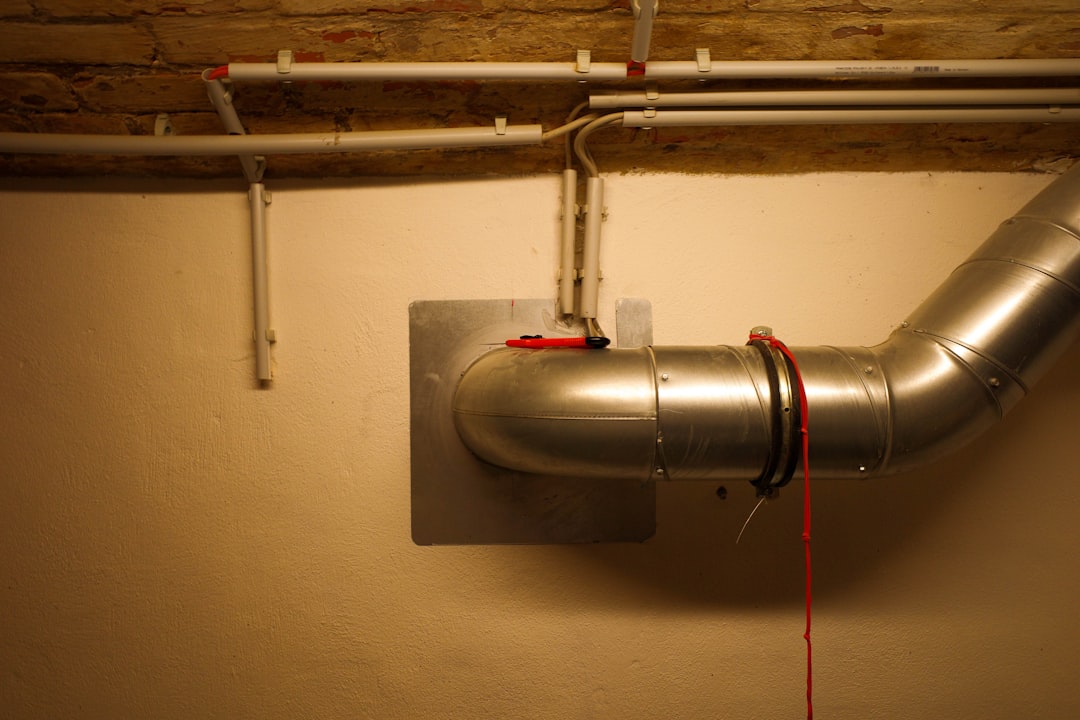
Day-to-day operations often suffer when documentation is delayed or asset tracking remains manual and error-prone. QR-enabled workflows can be rolled out quickly and measured precisely. Focus first on the use cases that reduce callbacks, improve cash flow, and grow lifetime value.
For each of the examples below, define a clear call to action and a landing experience optimized for mobile. If a customer scans an invoice, greet them with the exact next step they care about. If a technician scans a job tag, present the most relevant documents first.
Advanced QR applications support account-level tracking that reveals whether a high-value prospect engages beyond the first visit. Contractors report higher technician efficiency, better material accuracy, and stronger customer retention as they surface and act on these signals.
Each QR scan is a signal. It carries intent, context, and timing that help you prioritize follow-up. By deploying unique QR codes across your surface area, you segment audiences automatically and feed your CRM with powerful first-party data.
In plumbing and heating, segmentation should reflect real buyer journeys—rooted in intent data: emergency need versus planned upgrade, homeowner versus property manager, and new install versus service contract renewal. When you tag each scenario with a distinct QR code, you gain audience lists that align to messaging that works.
With Sona QR, each code becomes a smart entry point into your funnel. You can capture consent, append UTM parameters for attribution, and send the resulting audiences straight to your marketing systems for retargeting that reflects real behavior, not guesswork.
QR codes are connective tissue for your marketing stack. They bring trackability to print, shorten the path from curiosity to action, and unify signals across channels that used to be isolated. For plumbing and heating contractors, that translates into measurable ROI from materials you already print and distribute.
Think beyond linking to a homepage. Align each code with a specific next step. A vehicle wrap might lead to an emergency contact page with one-tap calling. An estimate folder could route to financing options and a calendar to book installation. A trade show display might offer a rebate calculator and capture email consent for follow-up.
As you scale, a centralized platform like Sona QR helps manage codes, monitor performance, and sync scan data to your CRM and ad platforms. That creates a connected offline-to-online funnel where every surface becomes measurable and optimizable.
QR campaigns succeed when you connect a clear business outcome to each placement and when you test your codes in the real conditions where they will be scanned. Before you begin, align your team on the use cases that will save the most time for technicians and unlock the most value for customers.
Below are the essential steps, each with practical examples for plumbing and heating contractors. Use these as a blueprint to roll out your first tests and then scale to a full program that touches every job and every customer journey stage.
Start by defining a single, high-impact goal. Popular choices include accelerating service report submissions from the field, automating warranty registrations for new installs, or improving inventory control with QR-tagged shelves and parts bins. Tie each goal to a metric you can track such as time to close a job, number of warranties registered, or reduction in missing parts.
Then map the physical placements that support the goal. For service reports, place codes on work orders and in the cab. For warranty registrations, add stickers on units and include codes in the installation packet. For inventory, use durable labels on bins and racks. This ensures the code appears exactly where the action occurs.
If content will change or you want analytics and retargeting, select a dynamic QR code. This lets you update destinations without reprinting and it gives you a full audit trail of scans by device, time, and location. It is ideal for SOP updates, seasonal promotions, and multi-step workflows that evolve.
Use static codes for permanent, unchanging resources such as a fixed safety tip sheet, a vendor’s main contact info, or the phone number to your emergency line. Static codes are quick to produce and cost-effective for evergreen references. With Sona QR, you can manage both within a single project and apply branding consistently to avoid confusion.
Brand your codes with company colors and a concise, benefit-driven call to action such as Scan to schedule tune-up or Scan for water heater warranty. Add a clear frame or arrow so the code stands out on busy surfaces like vans or invoices. Contrast matters, so test print against the background where the code will live.
Always test in realistic conditions. Scan from the distance and angle your customers will use, in dim basements and bright daylight, and with different phone models. Use UTM parameters in your destination URLs so you can attribute performance by placement. If a code underperforms, adjust size, contrast, or the CTA and test again before full rollout.
Prioritize high-impact locations that already see traffic. Vans, equipment, service stickers, jobsite signage, and customer paperwork are consistent performers. Pair the code with a short promise that matches intent, like Scan for after-hours service or Scan to claim rebate, and place it where eyes naturally go.
Roll out in phases to reduce risk and capture learning. Begin with a few crews or a single region, then expand once you validate scan rates and conversion. Train technicians to point out relevant codes during visits, especially on installation day when customers are highly engaged and ready to register products or schedule maintenance.
Use analytics to monitor scan frequency, location, and downstream actions such as form submits and bookings. Sync scans to your CRM and dispatch software to enrich contact records with channel and intent. Review performance weekly early on so you can double down on placements and messages that work.
Optimize continuously. A/B test landing pages, offers, and CTAs. Retire codes that do not deliver and replace them with stronger value propositions. With Sona QR, you can adjust destinations and audiences in real time, enabling rapid iteration without reprinting.
A recurring frustration among plumbing and heating contractors is the inability to attribute revenue or job success to specific marketing or operational efforts. QR analytics close that gap by capturing real-world engagement where it happens and by connecting it to outcomes inside your CRM and accounting systems. When scan data and job data are unified, you can finally answer which placements drive booked jobs and which resources improve first-time fix rates.
The right analytics stack transforms each code from a link into a performance lever. It shows which crews use resources most effectively, where customers move from curiosity to commitment, and which campaigns generate profitable work. This shifts decision-making from gut feel to evidence, allowing you to optimize spend and training with confidence.
Sona QR captures engagement at the source. Together with the analytics on Sona, you can transform those signals into insights that drive better outcomes, proving ROI and guiding the next round of improvements.
Many operators underestimate how much performance improves once scans are tied to follow-up. QR codes work best when paired with automation, clear CTAs, and staff who know how to present them. Small changes to design and placement can yield disproportionately large gains in scan rates and conversion.
As you scale, create a playbook. Standardize code sizes for common placements, define CTAs for each journey stage, and document how technicians should introduce codes during visits. Keep improving the customer experience behind each scan so that every interaction feels valuable.
Creative deployments often unlock surprising results. For example, a QR label on a furnace panel that leads to a maintenance sign-up can increase plan adoption, and a scannable decal on a truck door can capture after-hours leads who prefer not to call.
Selecting the right QR platform determines how much value you extract from your deployment. A basic generator can create codes, but operational success in plumbing and heating requires dynamic control, security, integrations, and analytics built for teams that live in the field. The provider should match the complexity of your workflows and the compliance expectations of your customers.
Look for tools that let you manage codes across crews and regions, update destinations in real time, and connect data to your systems of record. Good providers reduce manual work and provide reliable insights. Great providers turn QR codes into a repeatable growth engine.
Sona QR was designed for these requirements. Contractors cite higher conversion, increased review rates, and improved operational consistency when their QR platform delivers the features above, enabling scalable success rather than piecemeal results.
Peer results help clarify where to start and what to expect. When QR codes are woven into everyday operations, improvements tend to show up in three places: technician efficiency, customer engagement, and attribution clarity. The most successful contractors make scanning routine for both customers and staff. A.O. Smith’s QR code initiative shows how simple codes can upgrade product info access and support.
Adopt a test-and-learn mindset. Start small, measure, and evolve. The examples below show how incremental changes produce compounding gains across the business.
These outcomes illustrate a broader pattern. QR-based approaches resolve persistent industry headaches like missing high-value prospects, anonymous web traffic, and incomplete asset views by turning daily surfaces into digital entry points. When you connect QR activity to CRM and ad platforms such as Google Ads, intent signals become campaigns, and campaigns become booked jobs.
QR codes have become an indispensable part of digital transformation for plumbing and heating contractors. By turning every truck, job site, and print asset into a digital entry point, contractors support technician productivity and efficiency while closing the gaps that let valuable prospects or upsell opportunities slip by. The effect cascades across marketing, operations, and customer engagement with measurable lift.
With integrated analytics, CRM synchronization, and audience building available through platforms like Sona QR and Sona.com, contractors can surface real-time intent signals, unify fragmented data, and act quickly. The path forward is clear: pick high-impact use cases, deploy codes where they matter, and optimize based on the data that starts flowing on day one.
Contractors who invest in strategic and data-driven QR code deployment will lead the way in technician empowerment, multi-channel marketing performance, and customer experience innovation. The teams that move now will set the standard for scalable, connected growth as the industry continues its digital transformation.
QR codes have transformed plumbing and heating contractors from traditional service providers into tech-savvy, efficient problem solvers. By integrating QR codes, technicians gain instant access to equipment manuals, service histories, and troubleshooting guides right on-site, improving repair speed and accuracy. Imagine every job running smoother, with fewer callbacks and happier customers—all while capturing valuable data to optimize your operations.
With Sona QR, you can create dynamic, trackable QR codes in seconds that update instantly without reprinting, ensuring your technicians always have the latest information. Plus, you can monitor scan activity to identify which resources drive the most effective service calls and enhance customer satisfaction. Start for free with Sona QR today and turn every scan into faster repairs, better experiences, and stronger client relationships.
Use Sona QR's trackable codes to improve customer acquisition and engagement today.
Create Your FREE Trackable QR Code in SecondsJoin results-focused teams combining Sona Platform automation with advanced Google Ads strategies to scale lead generation

Connect your existing CRM

Free Account Enrichment

No setup fees
No commitment required

Free consultation

Get a custom Google Ads roadmap for your business






Launch campaigns that generate qualified leads in 30 days or less.
